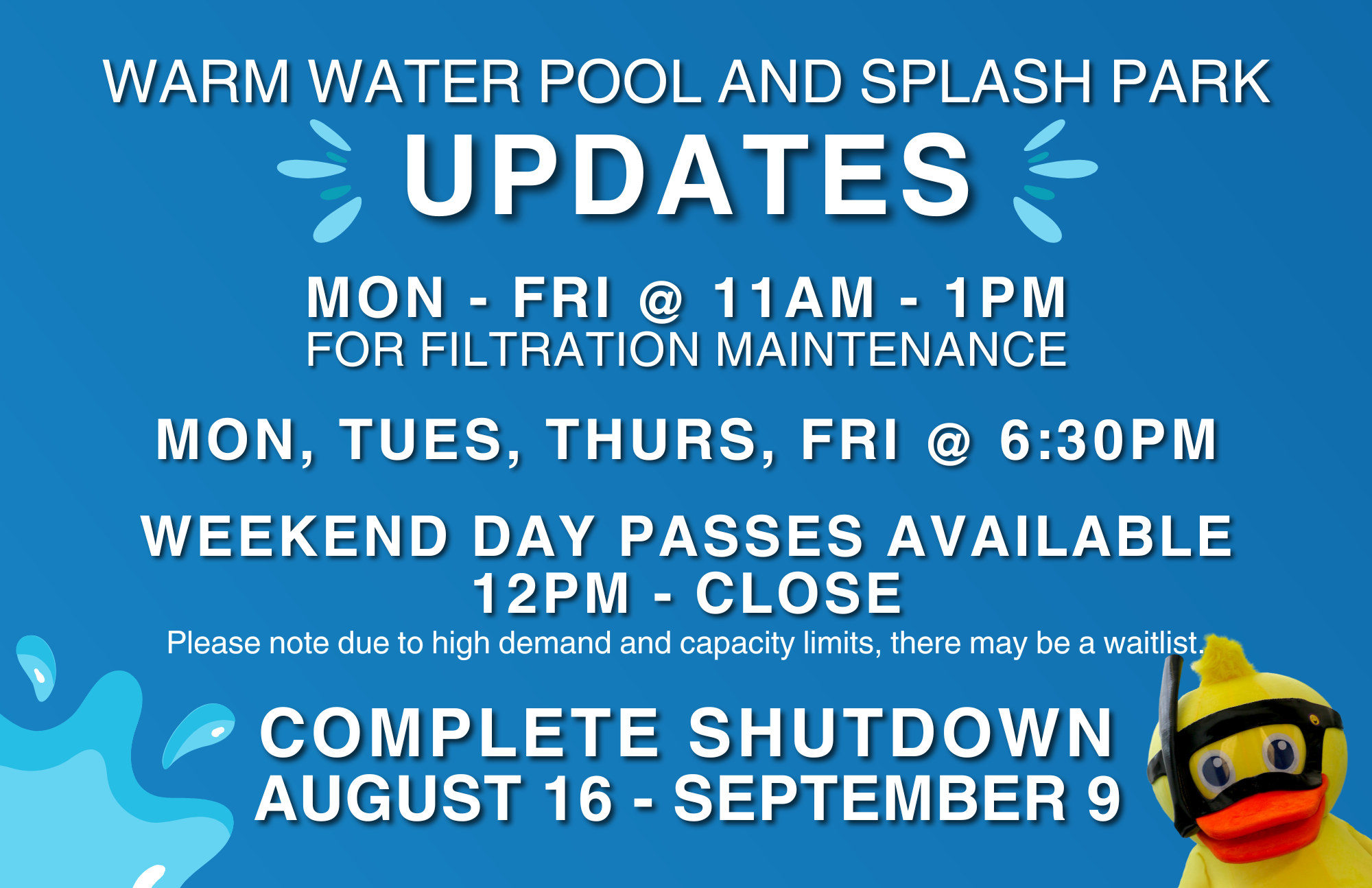Should you pull your navel into your spine? Or shouldn’t you? This cue has made it’s way from PT and Pilates into Yoga and mainstream fitness classes everywhere! So, why isn’t it a good idea to hold your belly “sucked in”? Well first of all, you can’t get a full breath when you’re always holding your abs engaged! For chronic belly button holders, (people who are thinking about pulling the navel in towards the spine) this can engage the abdominals in an uneven way creating a stopping point for the breath right in the center of the torso. This may be due to clenching in the upper abs or superficial 6 pack abs or from having tight back muscles or from tension and stress in daily life. Then when there is a quick change in pressure (think sneezing or coughing or jumping, landing hard, or performing a hard lift, even lifting groceries) the pressure all ends up going down into the pelvic floor as in bearing down to have a bowel movement. This can contribute to leaks, pooching in the lower abs, and pressure on prolapse, hernias, Diastasis Recti (the separation of the abdominal muscles and stretching of the connective tissue often caused by pregnancy).
For many women, we start to experience some issues after having children. You may have heard the awful terms like mummy tummy or pooch. My son calls it my “squishy bits”! And for many of us, no matter how much we exercise after having babies, it never quite goes away. If you are feeling discouraged, know that you aren’t alone. But these issues don’t just happen to women who’ve had children, or even just to women. They can happen to anyone! But know that the answer will not be as easy as some of the mummy tummy programs would have you believe. It is not as simple as just pulling your navel in. It is not as simple as just doing crunches. It is about approaching your body as a whole unit, which involves looking at the balance of your core muscles and how you are breathing.
The first step if you are experiencing pelvic floor dysfunction or any type of pooching or doming or your abdominal wall during exercise should always be training your breathing. When we breathe in the diaphragm and pelvic floor should move down in order to let air into the lungs, then as we breathe out the pelvic floor and the diaphragm lift up and the abdominals assist in completely emptying the lungs. But you might be thinking isn’t deep breathing belly breathing? This is the flipside of the question about holding your belly in. And the answer is yes, the belly needs to move, but when we breathe in and the majority of the movement is in the front of our bodies (only belly breathing), the diaphragm and the abdominals aren’t doing their job, so other muscles kick in to help us breathe (especially shoulder and neck muscles). Often the result is tension and tightness in our back, neck, and hips and poor pressure control in the pelvic floor. Belly breathing alone weakens the abdominals and decreases diaphragm function. So, in an ideal world we breathe in and the diaphragm descends down while the ribs expand three-dimensionally (think: an umbrella opening) and the abs move a bit, then when we exhale the contraction of the stabilizing muscles including the pelvic floor and the abdominals matches the demands on our body at the moment, whether we are squatting holding heavy weights or sitting enjoying a good book!
In conclusion, it’s important to mention these issues to your healthcare provider as well. There are so many great PTs in our area who can help! And if you are working with a personal trainer, tell them too! Let them know if you are leaking, let them know what you feel. Watch your own abdominals for signs of doming or bulging during hard work, and instead of just tightening down and squeezing the navel in or flattering your lower back (my second least favorite cue!), take a deep breath and when you exhale try to feel a sense of lifting up with the pelvic floor muscles (the ones that stop the flow of urine and gas) and flattening of the abdominal wall while the ribs move together and down. Practice deep breathing with an awareness of your torso expanding and contracting, then add back in some traditional abdominal exercises and see how that goes! If any of these cues don’t make sense try a Pilates class!
Right now, our mat class is a virtual class. Join me on Zoom for more information about the core and how to use it in exercise!
